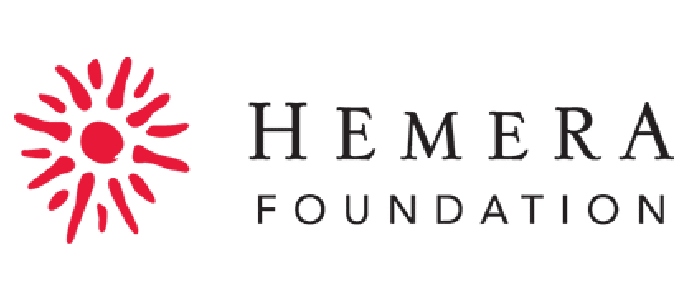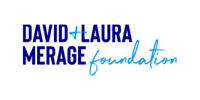Beau Carey
I received my MFA from the University of New Mexico in 2010, and soon after moved to Denver, Colorado where I was a resident artist and artist representative to the board at Redline Denver. In fall 2012 I was awarded the Arctic Circle, an international residency that takes artists aboard a tall ship into the high arctic. In March 2014 I was the first official wintertime artist in residence at Denali National Park in Alaska. I am one of the founders of Denver’s Tank Studios, a long-term sustainable studio space, and have created bodies of work at a variety of complex sites in the west including the Rocky Mountain Arsenal National Wildlife Refuge and Victor Cripple Creek Open pit gold mine.
All our experiences of landscape are culturally created. How we interact with the world is informed by how we are taught to see it. With landscape painting, a decidedly un-contemporary and difficult genre, I work with a spatial language that is accessible, subtle and essential when it comes to how we choose to deal with issues like conservation, wilderness and development.
I aim for a narrow target in my paintings. One that treats the issues and concerns of each place uniquely, requiring direct and honest interaction. I have traveled to the high arctic on a tall ship, and painted under the protection of armed polar bear guards. I have painted under the northern lights at -25 below. Being on-site, in often difficult and unconventional situations, is essential to what I do.
The initial field paintings are not just records of the observable landscape. They are primary documents of each experience. Working in the field creates variables that cannot be created in the studio. Painting with mittens and mixing paints with low freezing point walnut oil makes marks that are reflective of the situation in a way a photograph is not. A painting painted in 45 mph winds is embedded with dust and decisions are different when made tired, hungry and exposed.
Through this combination of intense field and studio practice I make bodies of work that not only reflect the individual characteristics of each place but also contain a critical awareness of the histories of the landscape genre. By using references to coastal profiling/ surveying or by borrowing and subverting compositional structures of the Hudson River School painters I examine how modern landscape came to be spatially constructed.
This structure while fully absorbed into the cliché of modern landscape painting is not innocuous. It is rooted in a history of globalism and environmental dominance. Through my work I explore this subtle spatial language.




